The Esteemed Gentleman Articles
15 Simple Ways To Improve Your Personal Style
Think of your personal style as your own art canvas; you can paint however you want, but if you follow some simple tips, you can turn your finger painting into a masterpiece. In this article, we will explain 15 simple ways to develop personal style that you can begin using right away.
Ask Yourself How You Want To Be Perceived By Others
How you dress is a direct representation of how you want others to perceive you. Do you want people to take you seriously and know you mean business when you walk into a room? Do you want to be perceived as outgoing and artistic? Or as someone who doesn't play by the rules, creates their own style, and rocks it?
Your personal style should reflect that and visually tell others who you are without even saying a word. This will set the tone for your first interaction. Even if we don't intend to, we subconsciously judge people based on how they're dressed. So by dressing intentionally, you can influence others' perceptions of you and dispel some of their negative judgements.
When you dress well, your confidence also increases, meaning that you're more likely to stand taller, be a more effective negotiator, and build up the courage to ask that special someone out on a date.
Look For Inspiration
If you aren't sure where to start, you can take inspiration from people who have already invested time, energy, and money into their own styles. These can be celebrities, actors, musicians, or even a friend who has a knack for good style. Thumb through magazines, look online, and find pieces that resonate with you.
Look at people you think have a good sense of style and ask yourself what you like the most about their style. Is it a single accessory or piece of clothing you like? A colour or pattern they pull off well? The way they combine individual pieces into an overall put-together look?
You can also take inspiration from classic styles that have withstood the test of time. Icons like Cary Grant, Frank Sinatra, and Steve McQueen are known for their always impeccable styles. They would still look as stylish today as they did during their heydays.
Start Slow. Personal Style Takes Time
Developing your own personal style takes time. There will be a bit of trial and error at first, so don't immediately jump into the deep end and buy an entirely new wardrobe. Instead, take your time and try on pieces you think you may like.
Invest in quality pieces like dress shirts, chinos, shoes, and a sport coat or jacket if you aren't used to wearing more formal clothing. Don't go with a full suit or spend more than your intended budget.
Be open to stepping out of your comfort zone and trying on pieces you wouldn't normally wear. Even if you don't intend to buy, trying these pieces will give you an idea of how they would look on you. If you aren't entirely sure what looks good on you, ask a trusted friend or family member to come with you and give you honest advice.
We don't recommend asking store associates since they may be on commission and may just want to get a sale out of you.
Once you've settled on one or two pieces, incorporate them into your wardrobe. If you tend to feel uncomfortable the first time you wear a new item of clothing, put it on around the house until you're confident enough to wear it out in public. It may not be obvious to you, but other people may notice you constantly adjusting or fidgeting with your new apparel.
When It Comes To Style, Fit Is King
No matter your body type; fit is, and always will be, king. You could spend hundreds, even thousands, of dollars on an outfit off the rack, but it will never look as good as a piece that's measured and cut to your build.
Off-the-rack clothing is manufactured in generic sizes based off typical body dimensions, product dimensions, or brand-specific measurements they have deemed appropriate (like using numbers or letters for sizes instead of the typical S, M, L). Other companies will put measurements on the tag (like arm length, neck width, chest, etc).
Regardless of what you buy, we recommend taking your clothing to a tailor. A tailor will be able to alter your clothing to better fit you. A typical visit to the tailor requires you to wear the piece of clothing you want tailored, tell them how you want it to fit, and allow them to take measurements, add pins and chalk lines where needed, then sew, hem, and adjust your clothes.
Wearing clothes that fit your body will not only enhance your appearance but also increase your confidence, giving the impression that the clothes you wear were curated just for you. Combining tailored clothes with layering and colour theory means you can create incredible outfits that will have people wondering if you have a personal style advisor.
Understand Colour Basics
When it comes to piecing together an outfit, you need to be considerate of the colours you choose. Certain colours work well together and create a harmonious look while others will contrast, making it look like you tripped into your closet and came out with whatever pieces fell on you.
You don't need an art degree to understand colour basics. Our article, A Beginners Guide To The Colour Wheel goes into detail about complimentary, secondary, analogous, triadic, warm colours vs cold colours, and why brown isn't found on the colour wheel. It is a great resource to have at your fingertips so you can put an outfit together quickly and without second guessing yourself.
Understanding colour basics will create visual interest in any outfit. Adding shades, hues, and patterns will make your outfit come alive with personality. You can even go a step further and use different types of fabrics to add another layer of depth to your ensemble.
Neutral Colours Are A Perfect Foundation
Building a versatile wardrobe starts with a base of neutral colours. These colours include black, grey, white, browns, and beige. Neutral colours are considered "earthy" tones since they are readily found in nature. You can easily create a simple, minimalist, sophisticated look with just neutral colours.
Think of neutrals as a canvas. You can leave a single-colour outfit the way it is for a simple look, you can combine different shades of the same colour for a monochromatic appearance, combine two or three neutral colours for a simple yet refined look, or start off with a neutral piece then add some colour if you are feeling adventurous.
You won't find neutral colours on the colour wheel; neutrals are often called "non-colours" since they're actually shades.
Use Bright Colours Sparingly
Once you have a neutral base to work with, you can begin to add some colour for more visual interest if you so choose. Adding a splash of colour will give your outfit a more playful look suggesting that you aren't afraid to step out of your comfort zone. You can also work in colours to reflect the seasons, dressing brighter during the warmer months and in more reserved tones during cooler weather.
When it comes to adding colour to an outfit, its best to stick with one or two colours. Examples of this include a sky-blue shirt with a sand sport coat and white trousers, a pocket square with some purples and yellows in it against a light or medium blue sport coat, or a salmon-pink tie paired with a pocket square that has small amounts of pink in it. The possibilities are almost endless when it comes to colours.
You want to avoid too many colours as they can clash with each other and create an overall sense of chaos in your outfit. If you aren't comfortable with adding colours to your wardrobe, start easy with blues, purples, dark greens, and reds. Avoid bright shades like neons. Stick with medium to darker colours until you are comfortable adding in brighter colours.
Colour Tip: You can repeat the same colour across multiple pieces to create a harmonious look. An easy way to do this is with your accessories like your tie and pocket square.
Understand The Difference Between Style And Fashion
Style and fashion are often used interchangeably, but there's a huge difference. In a nutshell, style is timeless and personal whereas fashion is trendy and popular (for now). An easy way to differentiate the two is to look at any piece of clothing and see if a) it's still worn today, and b) how the general public feels about it.
Sometimes a fashionable item or trend can go from being ubiquitous to becoming despised by the majority almost overnight. Trends that were once viewed as peak fashion can fade into obscurity within a few years. A few examples include saggy jeans, popped collars on polo shirts, and sideways baseball caps.
Fashion trends may appear to be individual statements, but when a large group of people are all wearing the same thing, is it still considered original? Next time you find yourself in a consignment shop, look for last years' trends. You'll likely find them in large quantities and probably on sale at a steep discount.
Style, on the other hand, is more personal. You can curate your own unique image that only you can pull off. This can range from a small detail or signature piece all the way to an entire outfit meticulously pieced together to send the message you want to convey. Think of it as your own canvas that you can paint however you wish.
Organize Your Closet From Most Formal To Least Formal Attire
Keeping your closet organized will drastically cut down on the amount of time and energy spent trying to piece together an outfit. An easy way to accomplish this is to organize your clothing from most to least formal.
This gives you a visual indication of what you should wear when dressing up and what to wear if you're just kicking back. You can go a step further and colour coordinate your formal and informal clothes from darkest to lightest or vice versa. Doing this also shows you which colours you gravitate toward, and which ones look best on you.
A few general rules of thumb for formality include:
- Neutral colours are more formal than bright colours
- Solid colours are more formal than patterns
- Small stripes, checks, and repeating patterns are more formal than large patterns
- If something doesn't fit, either get it tailored or donate it
Tip On Pants: When it comes to pants remember that dark wash jeans are considered more formal than light wash, but they'll never be as formal as trousers or dress pants.
Clean Out Your Closet At Least Twice A Year
No matter the size of your wardrobe, there will inevitably come a time when you need to purge it. It may sound like a daunting task, especially if you have accumulated a large collection of clothing, but if you make time to do it twice a year then it shouldn't take any longer than half an hour.
The easiest way to purge your wardrobe is to take everything out of your closet and put it in one big pile. Then, systematically work through the pile and sort your clothes into three separate stacks: Keep, On The Fence, Gone.
When you are purging your closet, try not to focus too much on whether you'd wear something again if you haven't worn it in a few years, it doesn't fit, or it's stained. Those pieces of clothing go into the Gone Pile.
If the clothes in the Gone Pile are stain- and rip-free, you should donate them, take them to a consignment shop, or sell them. If you have a friend or sibling who you think may like it, offer it to them first.
On The Fence is the pile where you wear something occasionally but not often enough to be in your steady rotation. If you don't wear these pieces in six months, they end up in the Gone Pile.
The Keep Pile is self-explanatory. It's the clothing you wear on a regular basis and plan on keeping.
Clothing Tip: If you have a large closet, use one clothing rack as a "worn" rack. Every time you wear a piece of clothing, hang it on that rack. It's a great way to see what you wear and what you don't wear. It will make purging much easier.
Understand Style Rules (Then Break Them If You Want)
There are certain style rules that are created as guidelines to assist people in constructing a more coordinated, well-put together outfit. These rules are easy to remember and are followed by the majority of stylish people. Here is a list of some of the most common style rules and how you can bend or break them:
Matching leathers and metals like your shoes, belt, and watch strap, creates a more cohesive, uniform look that shows you pay attention to detail. However, there will be times when you can't always match the exact shade or tone. Plus, there are exceptions like your wedding ring, signet rings, heirloom pieces, two-tone metals, etc. that you may wear all the time for personal reasons.
Boots should never be worn with a suit unless you live in a cooler climate where rain and snow are inevitable. You can justify wearing a pair of black leather Chelsea boots since the functionality supersedes formality. Your boots will protect your feet from the cold and wet rain and/or snow much better than any pair of dress shoes. Black, polishable dress boots are considered the most formal type of boot (when compared to other boots).
Wearing black and brown together can work if you go with a lighter shade of brown. Wearing a dark brown pair of shoes against black may give the impression that something looks off. However, this can work if you one of the colours is an accent piece where it won't be right up against the other. i.e.: brown accents in a pocket square or tie if you're wearing black trousers or shirt, respectively.
You should never wear jeans with a sport coat unless they're dark wash jeans. If you are going for a smart-casual or semi-formal look, you can combine dark wash jeans with a sport coat and patterned button-up shirt. You want to avoid medium and light wash jeans as they will clash with your outfit. While jeans aren't considered formal, many stylish people agree that darker wash jeans look better than lighter washes when it comes to dressing up.
Once you understand why these rules are in place, you can bend or break them if you feel comfortable or daring. Remember, personal style is exactly that: personal.
Leverage The Power Of Accessories To Boost Your Style
As a rule of thumb, you should have at least one accessory with your outfit. Accessories create visual interest and add a splash of personality. These can be as simple as a watch, ring, bracelet, necklace, scarf, or even sunglasses if you are going for a more casual look. Depending on the style, they can be worn in more formal occasions as well.
Some more formal accessories that can be worn with a sport coat or suit include ties and pocket squares (that should never match), cufflinks, ascots (also known as cravats, but there is a difference), gloves, boutonnieres, and lapel pins.
There is such a thing as over-accessorizing, however. Think of accessories as spices in a recipe; you want just enough to create some heat, not to overwhelm the senses.
Have A Statement Piece
If you want to be remembered more easily or stand out from the crowd, consider adding a statement piece to your outfit. Think of a statement piece as your signature—something you wear that gets attention and can be a conversation starter. If you can incorporate one of your interests, even better!
Statement pieces can be simple and understated like a fancy dress watch, a pair of cufflinks, or even a signet ring all the way to more eccentric pieces like a bold pair of sunglasses, a bright coloured hat, or even something uncommon like an ascot or cane depending on where you live.
People may not remember your name, but they may remember that you wore a vintage pocket watch on a chain or a yellow fedora with a dark purple band.
When adding a bolder statement piece to your outfit try to keep the rest of the outfit simple so it stands out. You don't want your statement piece competing for attention with other parts of your wardrobe. It will look too busy, less appealing, and make it look like you're begging for attention (also known as peacocking).
If you are a big sports fan, consider incorporating your favourite team's colours into your accessories. If you're a musician, wear an accessory that showcases that, like a bracelet made from guitar strings or a ring made with brass from an old trumpet. If your family has a family crest of coat of arms, consider having the design printed on a signet ring.
Many celebrities have mastered the art of statement pieces. You can't think of Mr. T without picturing his gold chains, Slash without his signature top hat, Salvador Dali without his zany moustache, or Elton John without his signature over-the-top outfits.
Find A Signature Fragrance
Like a statement piece, a signature fragrance is something you wear that makes you stand out from others. It is an olfactory autograph that people will strongly associate with you even when you aren't around.
The power of scent is closely linked to memory and emotion, which means that people will feel more connected with you. Especially if the fragrance you wear reminds them of a loved one, a happy memory from their past, or even a memory of you.
To find a signature fragrance that speaks to you, you need to test multiple fragrances to see what appeals to you, what works best with your body chemistry, and is what is within your budget. Knowing how to properly test fragrances will not only save you time and money, but also help you avoid buying a fragrance you'll never wear.
If you want an effective, step-by-step article on how to find your signature scent, look no further than our article titled How To Find Your Signature Scent where we go into more detail and offer tips that will help you find a fragrance that will turn heads.
Tip: If you own more than a couple fragrances and aren't sure which one to make your signature, make a note every time someone compliments you on your fragrance. If one of your fragrances gets more compliments than the other, then choose that one to be your signature.
And Don't Forget To Have Fun With Your Style
Your journey to developing your personal style isn't a race. Take your time, learn all you can, and always be open to new ideas, suggestions, and styles. You never know when you'll come across a pattern, cut, or design that appeals to you.
You will inevitably make mistakes along the way, but that's all part of the journey. You may also find that breaking a conventional style rule or two is fun and daring, so you embrace it and discover sprezzatura.
When you subscribe to the article, we will send you an e-mail when there are new updates on the site so you wouldn't miss them.


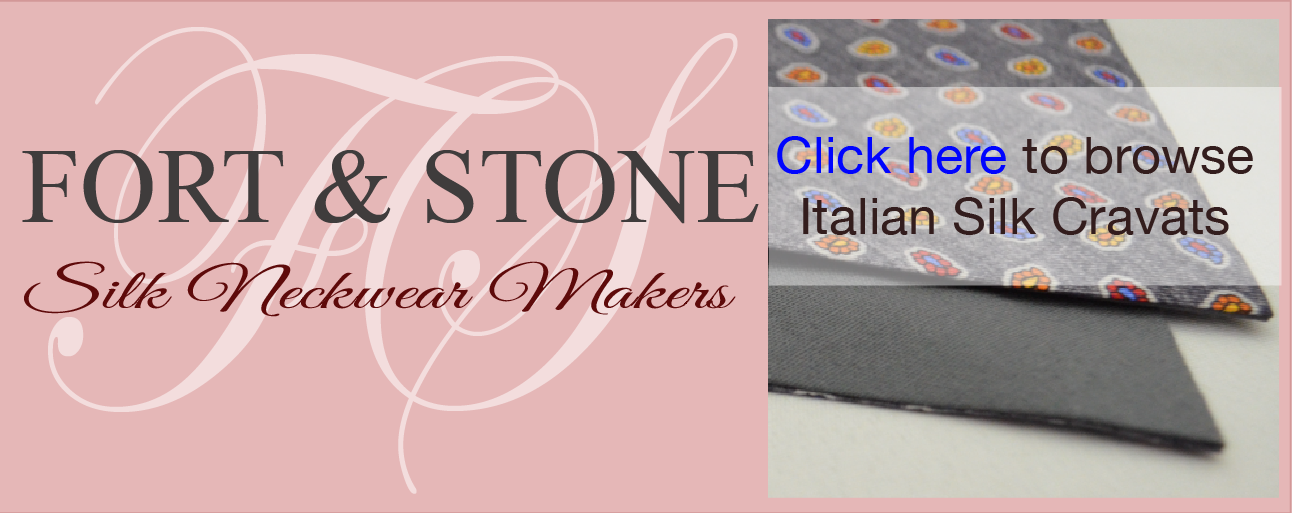
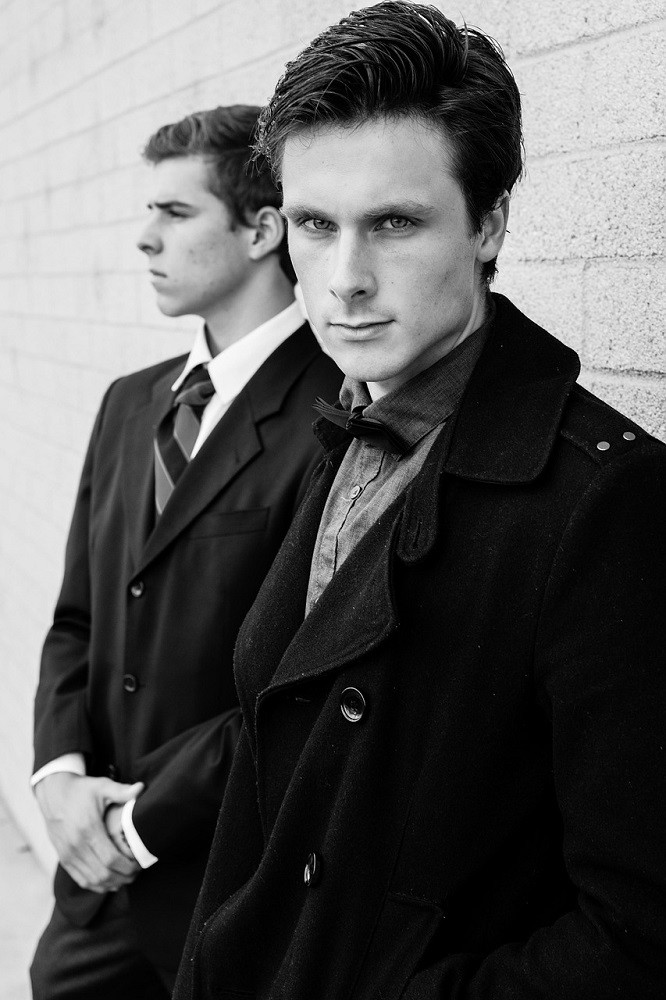

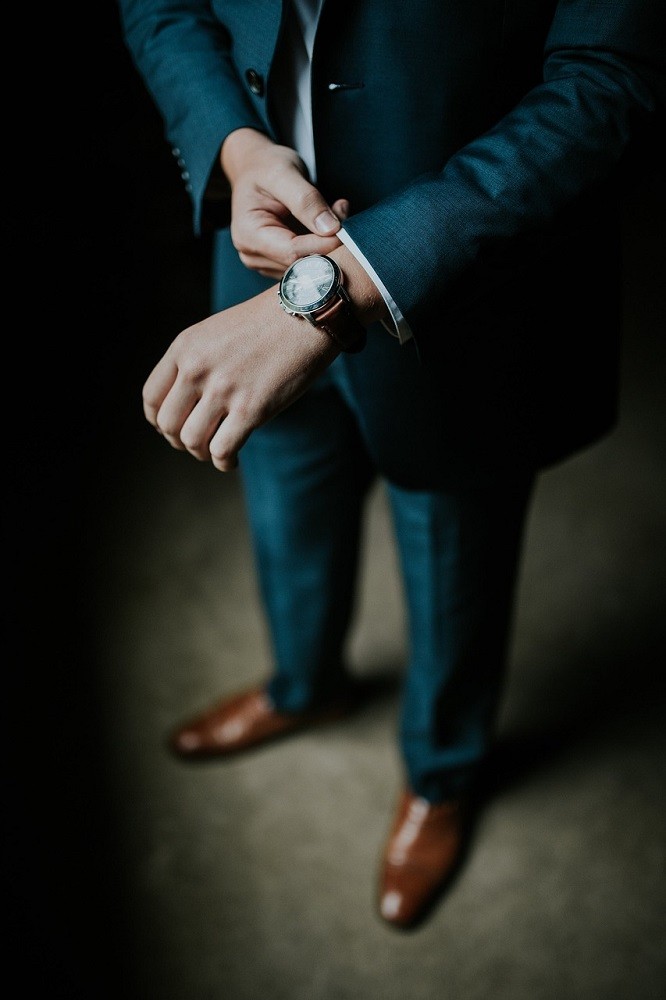
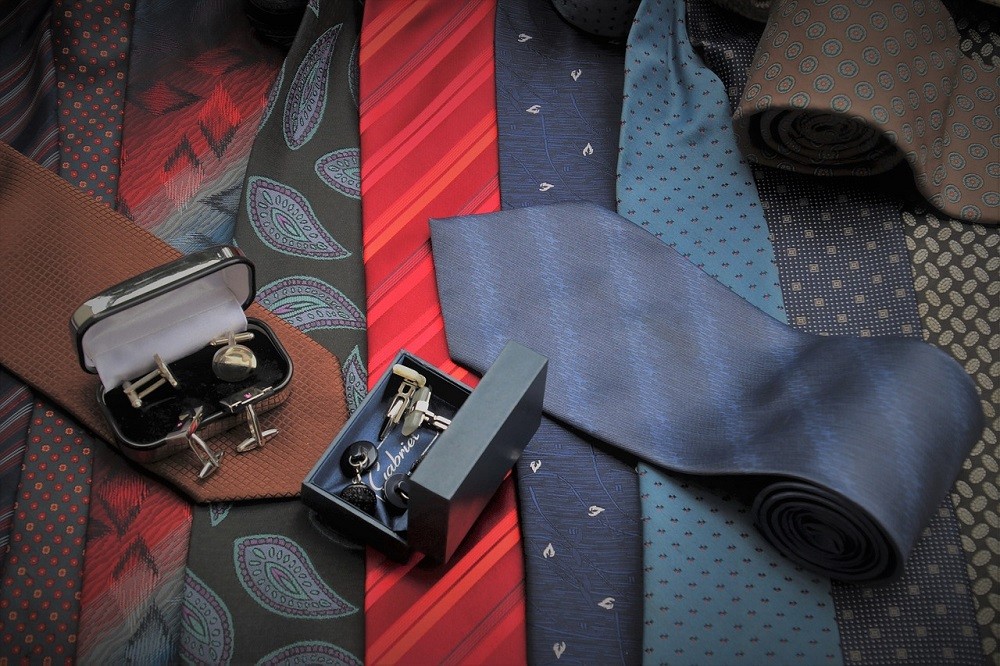


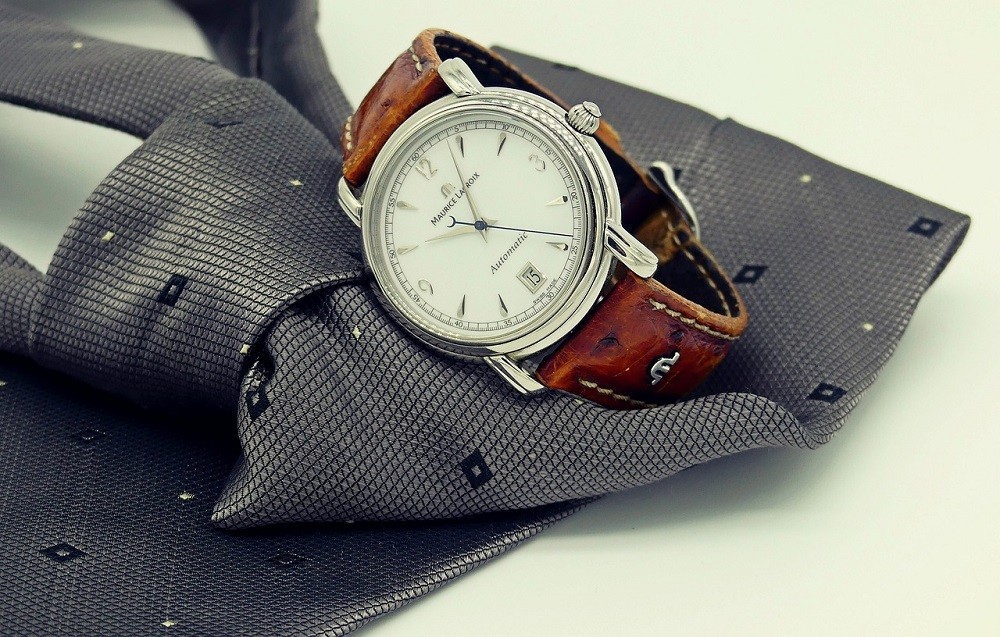


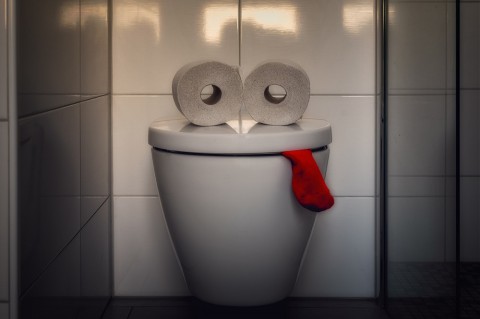
Comments